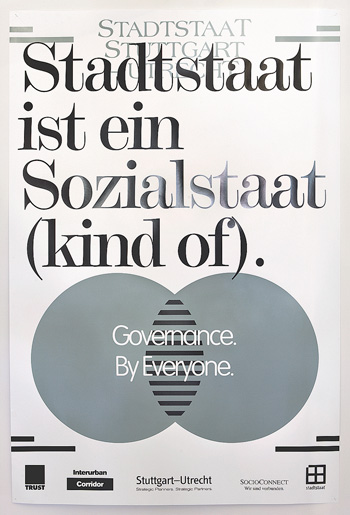Bavo have pointed to “the rise of a neoliberal take on the city in which market players, together with their new ally the entrepreneurial government, have increased their grip on the production of the city – in fact adding a new chapter to the much criticized tradition of central planning and the malleable city.” Bavo: “Democracy & the Neoliberal City”, in: Urban Politics Now: Re-Imagining Democracy in the Neoliberal City, ed. BAVO (Rotterdam: NAi Publishers, 2007), 229.
See Noam Chomsky, Profit over People: Neoliberalism and Global Order (New York: Seven Stories Press, 1999).
“Cities have become key institutional arenas in and through which neoliberalism is itself evolving.” Spaces of Neoliberalism: Urban Restructuring in North America and Western Europe, ed. Neil Brenner and Nik Theodore (Oxford: Wiley-Blackwell, 2003), ix.
“In short, the new localism has become a forceful call to arms through which local (and, in some cases, national) political-economic elites are aggressively attempting to promote economic rejuvenation from below.” Ibid., v.
Erik Swyngedouw, “The Post-Political City,” in Urban Politics Now, 59.
Chantal Mouffe, On the Political (New York: Routledge, 2005), 16.
Cf. Jacques Rancière, Aesthetics and its Discontents, trans. Steve Corcoran (Cambridge and Malden, MA: Polity Press, 2009).
Mouffe, On the Political, 31.
Ibid., 52.
Hal Foster, Design and Crime: And Other Diatribes (London and New York: Verso, 2002), xiv. Cf. Gert Selle, Ideologie und Utopie des Design: Zur gesellschaftlichen Theorie der industriellen Formgebung (Cologne: M. DuMont Schauberg, 1973).
Foster, Design and Crime, 18.
Mike Davis, “Who Will Build The Ark?” New Left Review 61 (January–February 2010): 45.
Ibid.
Gui Bonsiepe, “Design and Democracy,” Design Issues 22, no. 2 (Spring 2006): 29.
Ibid. 31.
David Harvey, “The Right to the City,” New Left Review 53 (September—October 2008): 23.
